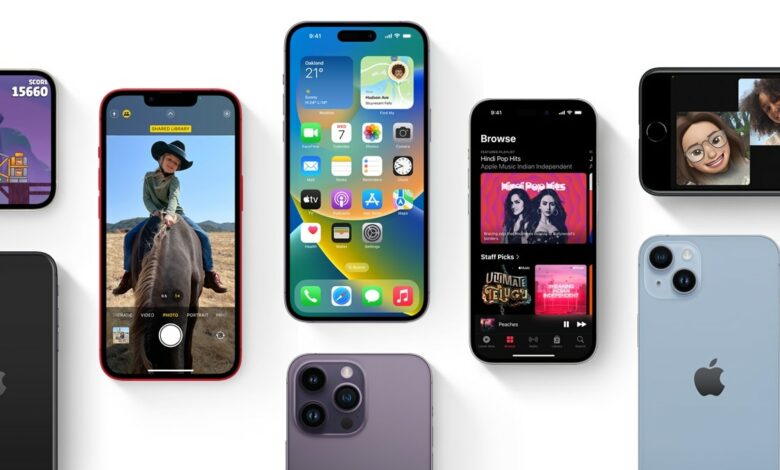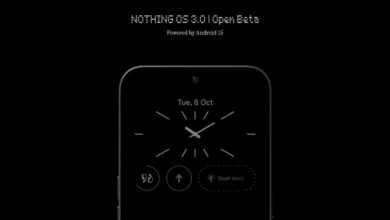Apple led global smartphone shipments in Q4 2022: report

Global smartphone sales declined by 17 percent year-on-year (YoY) for the October-December (Q4) period in 2022, according to a new report from market research firm Canalys. Global smartphone sales declined by 11 percent in 2022 amid a difficult macroeconomic environment. Following past trends, Apple secured the top spot in Q4, recording its highest-ever quarterly market share at 25 percent on strong demand for its iPhone 14 series. Samsung came in second, followed by Chinese smartphone brands Xiaomi, Oppo and Vivo, which completed the top five spots. Samsung accounted for the largest share of global smartphone sales in all of 2022.
Analyst firm Canalys reported on Tuesday that global smartphone shipments fell 17 percent year-on-year in the fourth quarter of last year. For the full year, shipments fell 11 percent to less than 1.2 billion amid a tough macroeconomic environment in 2022.
With the launch of the iPhone 14 series in September, Apple emerged as the largest contributor to global smartphone shipments in the fourth quarter of 2022. Despite shrinking demand and production issues in Zhengzhou, the Cupertino-based company grew its market share to 25 percent from 20 percent in the fourth quarter of 2021.
Samsung took second place with 20 percent market share, but emerged as the largest vendor for the year with 22 percent market share, up from 19 percent a year ago. Apple, however, came in second with 19 percent market share.
Canalys’ report found that Chinese smartphone makers in the top five failed to grow their market share in Q4. Xiaomi retained its third position with an 11 percent market share in Q4, down from 13 percent last year. It saw declines in its share largely due to challenges in India. Like Samsung, Oppo also registered a one percent growth compared to Q4 2021 to come in fourth with a 10 percent market share, up from nine percent in the same quarter last year. While Vivo retained the fifth position with an eight percent market share.
Over the year, Xiaomi achieved a market share of 13 percent, while Oppo and Vivo achieved a market share of nine percent.
“Smartphone vendors have struggled in 2022 amid a difficult macroeconomic environment, with Q4 marking the worst annual and Q4 performance in a decade,” said Canalys Research Analyst Runar Bjørhovde. He believed that market performance in Q4 2022, compared to Q4 2021, showed rising demand and easing supply constraints. The holiday sales season helped reduce inventory levels, driven by improved promotional incentives.
The research firm predicts that smartphone vendors will approach 2023 cautiously, prioritizing profitability, cost-cutting and protecting market share. Canalys predicts flat to marginal growth for the smartphone market this year. “While inflationary pressures will gradually ease, the effects of interest rate hikes, economic slowdowns and an increasingly struggling labor market will limit the market’s potential,” said Canalys Research Analyst Le Xuan Chiew.




